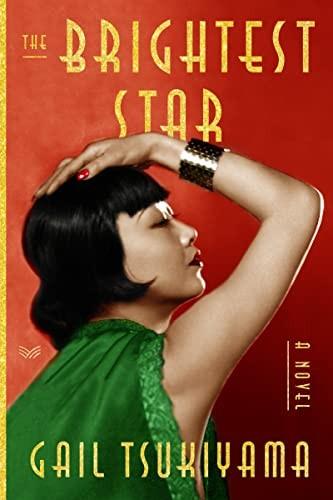2018 School Spending Survey Report
VERDICT Tsukiyama imagines Wong’s conversations, letters and emotions, but at times the narrative feels detached, like a history book or Wikipedia page. The novel is most effective at showing what it took to be a star during the movie business’s early years, especially for a Chinese American woman.
ALREADY A SUBSCRIBER? LOG IN
We are currently offering this content for free. Sign up now to activate your personal profile, where you can save articles for future viewing




Comment Policy:
Comment should not be empty !!!